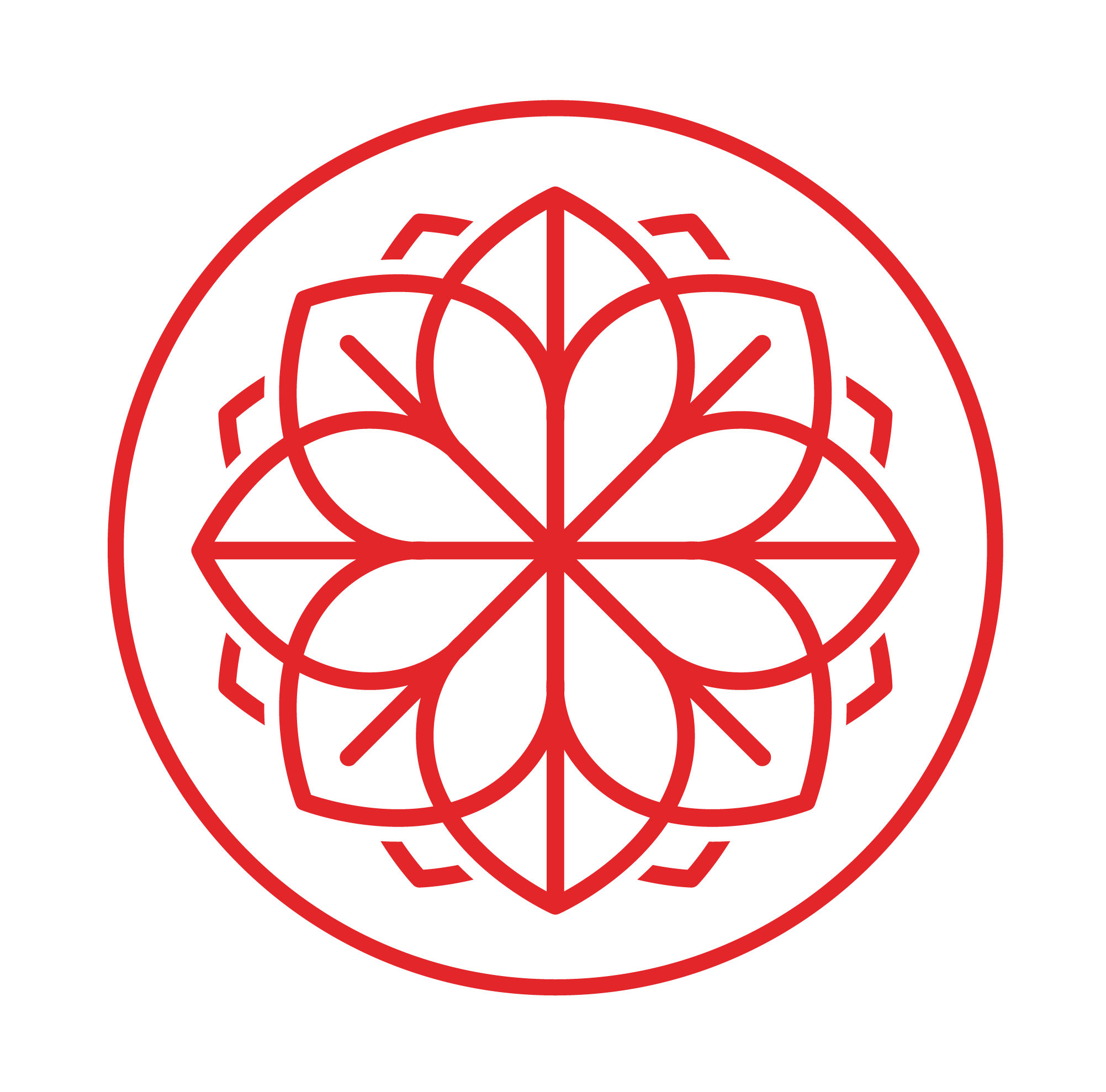Concussions and Craniosacral Therapy (CST)
By Emily Klik, CST
What is a concussion?
A concussion is often described as a lingering headache following a blow to the head. Medically, it refers to a mild brain injury caused by a high-velocity impact or sudden acceleration to the skull. This could occur from a direct blow or even from rapid movement, such as the jarring forces felt on a rollercoaster. Inside the skull, the brain floats in a protective layer of cerebrospinal fluid (CSF), which serves as both a cushion and a vital support for brain function. When a sudden impact or acceleration causes the brain to move rapidly through this fluid, it can strike the inside of the skull, leading to an injury. The recovery from a concussion can range from a few weeks to several months, and in some cases, symptoms may persist, leading to a diagnosis of traumatic brain injury (TBI).
A common symptom of a concussion is a sensation of internal pressure, often felt as though a vice is tightly clamping down on the center of the skull. This discomfort is typically accompanied by other neurological symptoms.
What are neurological symptoms?
Neurological symptoms indicate an issue within the nervous system. When affecting the brain, some of the symptoms may include:
-Double vision or difficulty focusing the eyes
-Uncoordinated eye movements
-Eye fatigue or aching eyes
-Altered taste or smell
-Sudden dizziness or vertigo
-Cognitive changes
-Sensitivity to light and sound
And there can be more. These symptoms are indicative of disruption in specific cranial nerves or muscles and can often be addressed with craniosacral therapy.
How Craniosacral Therapy helps
Craniosacral therapy can assist by gently decompressing the cranial plates and releasing tension in the membranes surrounding the brain. This manual therapy helps alleviate pressure inside the skull, improves blood and cerebrospinal fluid circulation, and reduces brain fog and pain. Additionally, craniosacral therapy can help regulate vital functions such as digestion, heart rate, breathing, and even processes like sweating and salivation.
If a concussion has led to neck or back pain, this therapy can also help address the referred pain, often within the same session.
What to expect in a Craniosacral session
During your initial session, your therapist will inquire about the circumstances of the injury—whether it was caused by a direct impact or acceleration—to better understand the origin of the concussion. You'll also discuss any current symptoms to help the therapist identify which cranial nerves and plates may be affected, guiding the treatment plan.
How long before I feel better?
The duration of recovery varies greatly, depending on the severity of the injury and any complementary therapies being used in conjunction with craniosacral therapy. For more severe concussions, additional therapies such as occupational therapy, vision therapy, or vestibular rehabilitation may be recommended. Some people may see improvement within a few weeks, while for others, symptoms may persist for years. Unfortunately, there is no one-size-fits-all answer to this question.
Why do symptoms last so long?
Many long-standing concussion symptoms are caused by compression of the cranial plates or injury to the internal membranes of the skull (the dura mater, arachnoid membrane, and pia mater). These structures can create pressure on the brain, hindering proper circulation of cerebrospinal fluid. In most cases, once the cranial plates become compressed, they can remain in that state until released through manual therapy. In my practice, I've worked with individuals who have experienced cranial compression for days, up to decades.
The good news is that even chronic symptoms can often be improved with craniosacral therapy. I recommend trying a series of 3-4 sessions to assess progress. Many clients report feeling noticeable improvements after just one or two sessions, and some find that they begin to feel better in other areas of their body as well.
In Conclusion
Craniosacral therapy offers a gentle yet powerful approach to healing after a concussion. Not only does it help with concussion symptoms, but many clients report feeling better overall—more balanced and at ease in their bodies.
If you have any questions or would like to explore how craniosacral therapy could help with your recovery, please don't hesitate to reach out.

